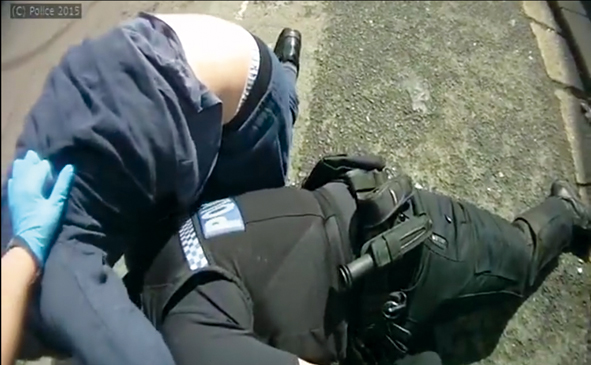Prevention is better than cure
Joanne Taylor explains why applying technology to data analysis is key to modern-day policing.

In his speech to the Police Federation of England and Wales annual conference in May, Her Majestys Chief Inspector of Constabulary Tom Winsor highlighted the fact that the draft instructions on establishing the Metropolitan Police Service in 1829 stated that: It should be understood at the outset that the principal object to be attained is the prevention of crime. To this great end, every effort of the police is to be directed.
He also explained that, in this sense at least, nothing has changed with Her Majestys Inspectorate of Constabulary (HMIC) clear as a group that the polices main focus should continue to be the prevention of crime. What has changed in the intervening period is that the police now have at their disposal a technological capability to deliver this preventative approach which was previously inconceivable.
As Winsor also highlighted, the issue is that, instead of seeing IT as a key enabler to modern policing, police often feel handcuffed by it. At SAS, we believe that a step-change in approach is urgently needed where rather than being seen as a barrier to change, IT becomes an enabler for the police. This means providing forces with better access to data that will help them turn it into an asset; drive actionable intelligence and free up their time to concentrate on investigating crime on the front line rather than dealing with time-consuming, administrative tasks behind the scenes.
Its a fine principle but how can it best be achieved in practice? The answer lies in the wealth of data held within modern-day police forces. From suspicious activity reports to intelligence files, this data, if analysed and utilised fully, can help police officers deliver a truly preventative approach to crime.
This will, of course, necessitate a change in police mindsets. Currently, the rapid growth in volumes is seen as a problem not an opportunity managing data is seen as a resource-intensive and potentially expensive process. In fact, data can be critical to enabling police to realise cost savings while cutting crime. By transforming it into actionable intelligence, police can turn it into an asset that can deliver real value to them.
To achieve this, they can use technology to derive new insights from the data, identify and recognise suspicious activities in real-time, allowing officers to effectively get a head start on the criminals.
The next few years will see data utilisation and exploitation increase across law enforcement agencies through the application of analytics and this will drive a step-change in IT as officers experience the benefits of data analysis to achieve preventative policing.
At a time when police budget cuts regularly hit the headlines, it is important to highlight that this approach does not have to be expensive.
In fact, the reverse is often true as the same kinds of techniques outlined above can be used to drive efficiencies across police forces.
Ultimately, it comes down to a simple choice. If you have to consolidate specialist units, eg, dog units across two or three forces, how can you best consolidate? You can use gut feel, spend days on spreadsheets or apply statistical models to determine not only the most efficient model today, but how crime is evolving and forecast what it needs to look like in five years time.
Delivering results
When applied in the right way, technology can enable police forces to cut costs while at the same time cut crime. Unfortunately, in most forces today, officers do not always get the opportunity to interact with data or to use it proactively to drive crime prevention.
Currently, within most police forces, data analysis is confined to the back or middle office: a job for IT or analysts. Police officers interactions with data are typically restricted to form-filling and having to deal with the limited availability of the data they actually need.
In the future, policing needs to push data exploitation to the front line and operationalise analytics. This isnt about asking police




